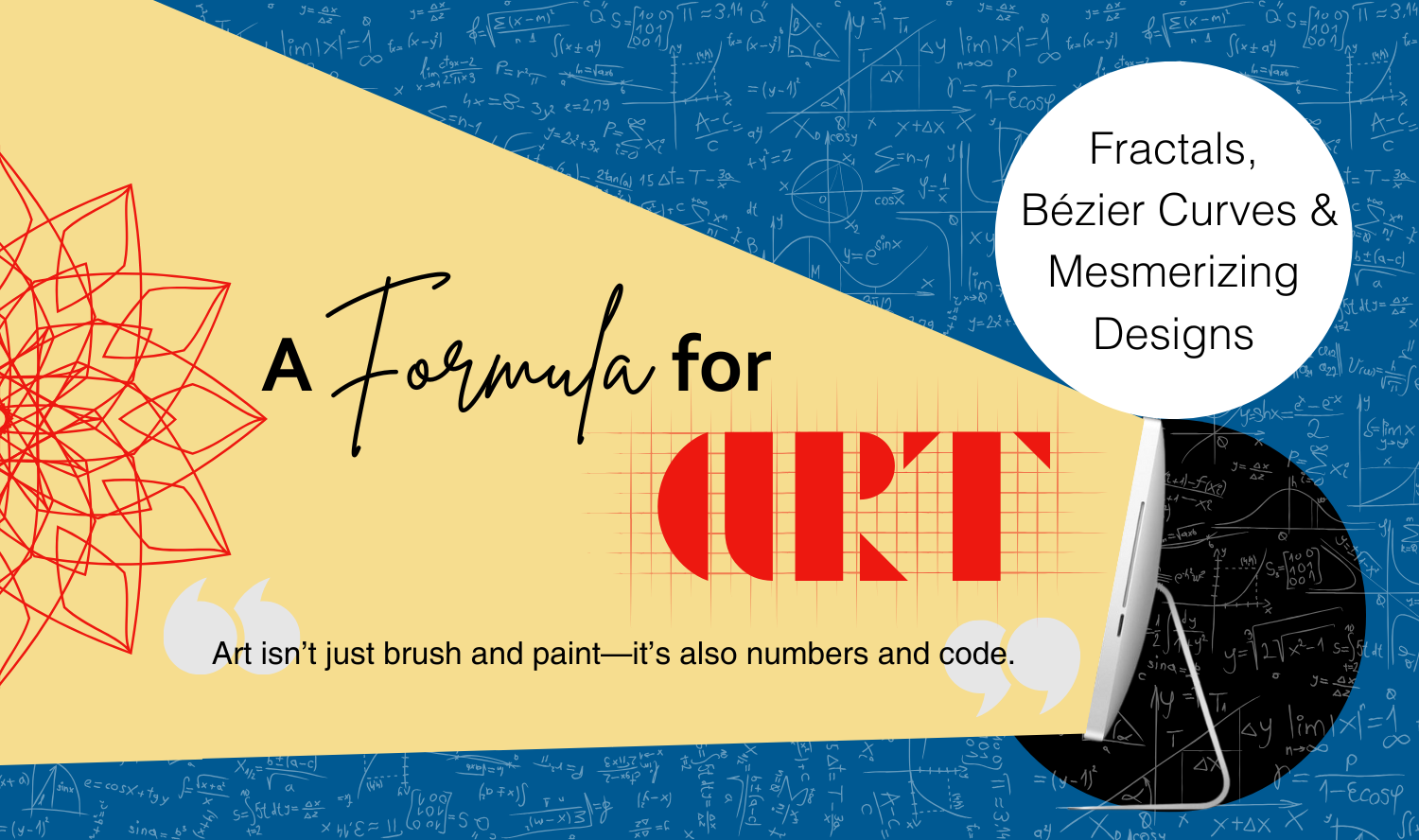
Many people do not know that bones grow in response to mechanical stress or load. This is why exercise is so important for the body. Bones become stronger with more exercise and weaker without any exercise. Hence, athletes have much stronger bones because, when they train, their bones experience forces much more than from normal day-to-day activities. For patients who have undergone hip or knee replacement surgery, exercise is as important as taking medicines. Even for the elderly, frailty of bones can be restricted by proper bone strengthening exercises.
The above relation between healthy bones and exercise is supported by Wolff’s hypothesis which claims that bone growth takes place in response to mechanical loads. Researchers have developed computational models for bone remodelling, and through computer programs have confirmed the Wolff’s hypothesis nearly 100 years later.
Two computational models are prevalent, namely, differential equation-based bone growth model (ODE), and topology optimization-based compliance minimization of bone model (TO). These two models are used for both bone remodelling and for bio-inspired prosthesis design.
Bone implants and prostheses are designed to ensure biocompatibility with the body. They need to be similar to the bone in their properties. Metal alloys are usually used for bone implants and prostheses.
However, the drawback of using metal prostheses is that because they are heavier and stronger than the resected (replaced) bone, they bear most of the mechanical load which makes the bone around the prosthesis eventually die out and dissolve. This is known as stress shielding.
Therefore, researchers are constantly trying to design prostheses and implants with the same mechanical strength and mass as that of the bone being replaced. It is also important that the implants adhere to the bone firmly and be porous to promote growth of bone cells inside them.
In this work by Mr. S. Rajaraman and Prof. Sourav Rakshit from the Department of Mechanical Engineering, Indian Institute of Technology Madras, Chennai, India, multiscale topology optimization (TO) of the pelvic bone has been done for the first time.
There are reasons why topology optimization model has been preferred over differential equation-based model. Firstly, topology optimization helps to achieve multiple objectives like matching bone strength, bone mass, and proper porosity for prosthesis.
Secondly, whereas differential equations can be used only at a finite number of points in the domain, TO can be used both over the whole domain (global), and on smaller domains (local), making it more versatile for application.
In this work the authors used global optimization to develop the desired shape and topology of the hip bone, and local optimization to optimize the porosity to make it light-weight but strong.
Future work may focus on application of the TO model in pelvic prostheses design.
Article by Akshay Anantharaman
Click here for the original link to the paper











